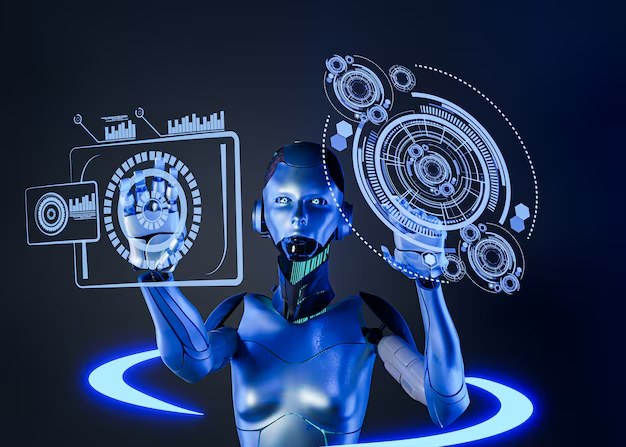Artificial Intelligence (AI) has been a driving force behind many technological advancements, revolutionizing industries from healthcare to finance. However, as AI continues to evolve, a new subset known as Generative AI (Gen AI) has emerged, sparking discussions on its unique capabilities and applications. While both AI and Gen AI are part of the same technological family, their functions and use cases differ significantly.
What is AI?
AI refers to machines or systems designed to mimic human intelligence. These systems can perform tasks such as data analysis, decision-making, problem-solving, and language processing. AI works by learning patterns from large datasets and applying that knowledge to automate processes or provide insights.
AI has found widespread applications in a range of fields, such as virtual assistants like Siri or Alexa, recommendation algorithms on platforms like Netflix, and autonomous vehicles. It thrives on identifying patterns and improving efficiency in predefined tasks.
What is Generative AI?
Generative AI, or Gen AI, takes things a step further by not only learning patterns from data but also generating new content or data based on that knowledge. Gen AI models like GPT-4 and DALL·E are capable of creating text, images, music, and even videos. These models don’t just analyze existing content; they produce entirely new outputs, making them highly versatile for creative and content-heavy industries.
For instance, a Gen AI tool can generate realistic images of people who do not exist or write essays and articles based on a prompt. It’s particularly powerful in industries such as marketing, entertainment, and even education, where content generation is key.
Key Differences Between AI and Generative AI
Functionality
While AI focuses on automating tasks and analyzing data, Generative AI is designed to create new content. AI is more task-oriented, while Gen AI leans towards creativity and innovation.
Use Cases
AI is used for tasks like data analysis, automation, and decision-making. Gen AI, on the other hand, shines in content creation, from generating realistic images to writing text. For example, the best mobile app development company in USA may use AI for app performance analytics, but could use Gen AI to generate user interfaces or write code snippets.
Data Dependency
Both AI and Gen AI rely on large datasets, but Gen AI needs more complex data to understand and generate content that feels human-like. It learns from patterns in text, images, or sounds, creating new outputs that can be highly sophisticated.
Outcome
AI systems are typically designed to deliver accurate, efficient results in a specific task. Gen AI, on the other hand, delivers creative and innovative outcomes, often surprising users with its ability to generate content beyond simple task automation.
Conclusion
AI and Generative AI both play crucial roles in today’s technological landscape, but they cater to different needs. AI is highly effective for automating tasks and improving efficiency, while Gen AI pushes the boundaries of creativity and innovation by generating new content. Whether you’re a business looking to improve processes or the best mobile app development company in USA, understanding these differences can help you choose the right tools to meet your goals.







